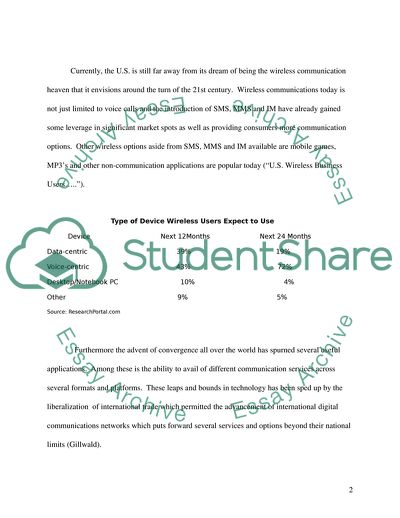Cite this document
(Regulatory Challenges Raised by an Increasingly Wireless World Coursework, n.d.)
Regulatory Challenges Raised by an Increasingly Wireless World Coursework. Retrieved from https://studentshare.org/technology/1703787-research-paper-what-are-the-most-important-regulatory-challenges-raised-by-an-increasingly-wireless-world
Regulatory Challenges Raised by an Increasingly Wireless World Coursework. Retrieved from https://studentshare.org/technology/1703787-research-paper-what-are-the-most-important-regulatory-challenges-raised-by-an-increasingly-wireless-world
(Regulatory Challenges Raised by an Increasingly Wireless World Coursework)
Regulatory Challenges Raised by an Increasingly Wireless World Coursework. https://studentshare.org/technology/1703787-research-paper-what-are-the-most-important-regulatory-challenges-raised-by-an-increasingly-wireless-world.
Regulatory Challenges Raised by an Increasingly Wireless World Coursework. https://studentshare.org/technology/1703787-research-paper-what-are-the-most-important-regulatory-challenges-raised-by-an-increasingly-wireless-world.
“Regulatory Challenges Raised by an Increasingly Wireless World Coursework”. https://studentshare.org/technology/1703787-research-paper-what-are-the-most-important-regulatory-challenges-raised-by-an-increasingly-wireless-world.


